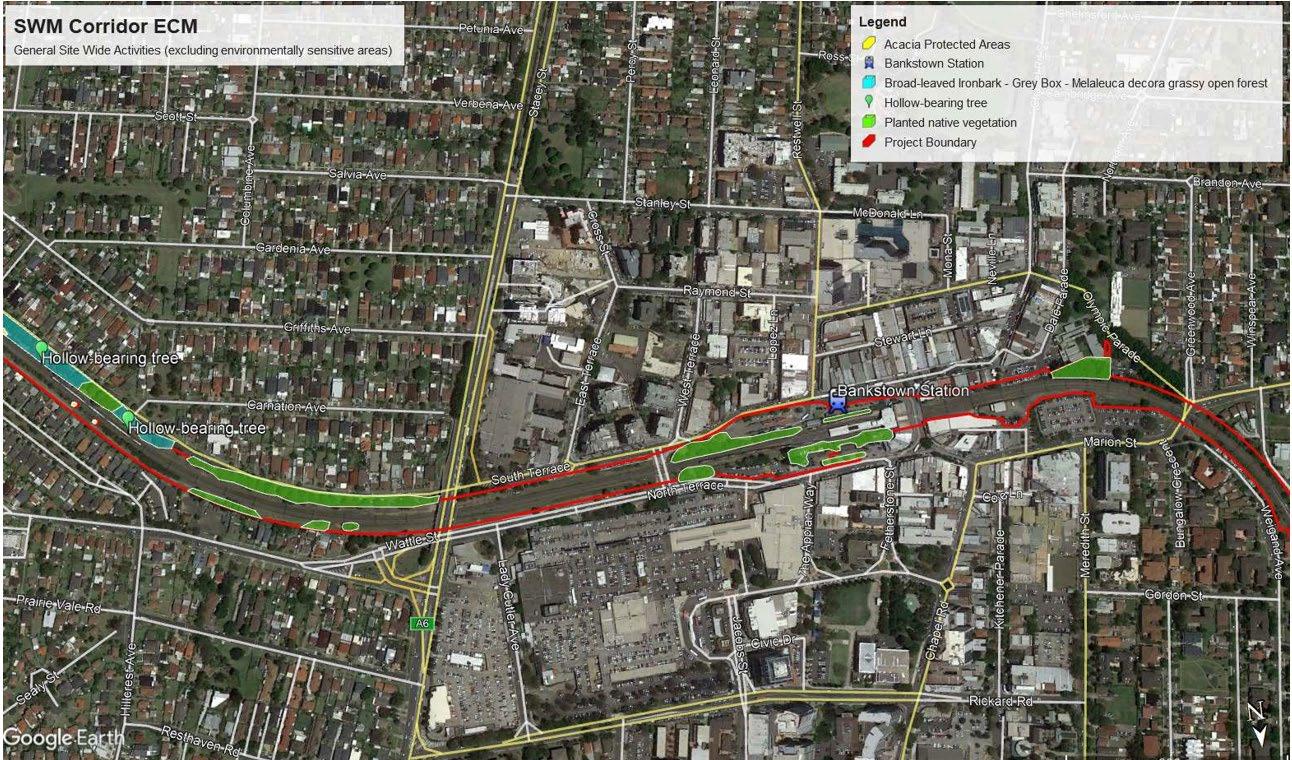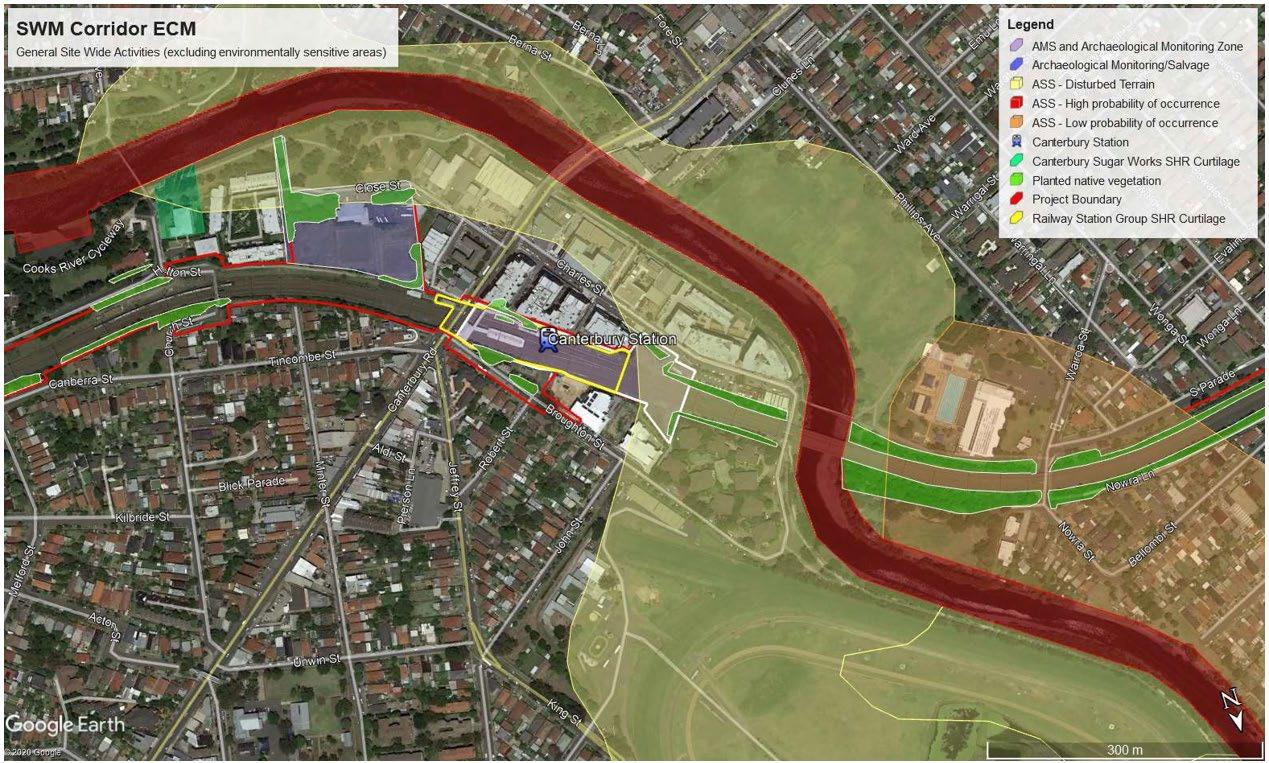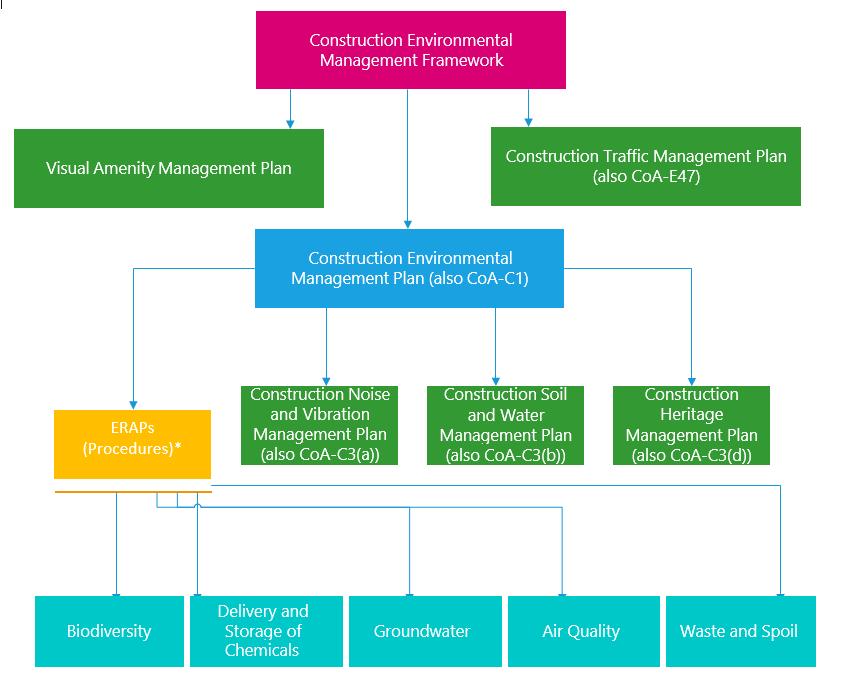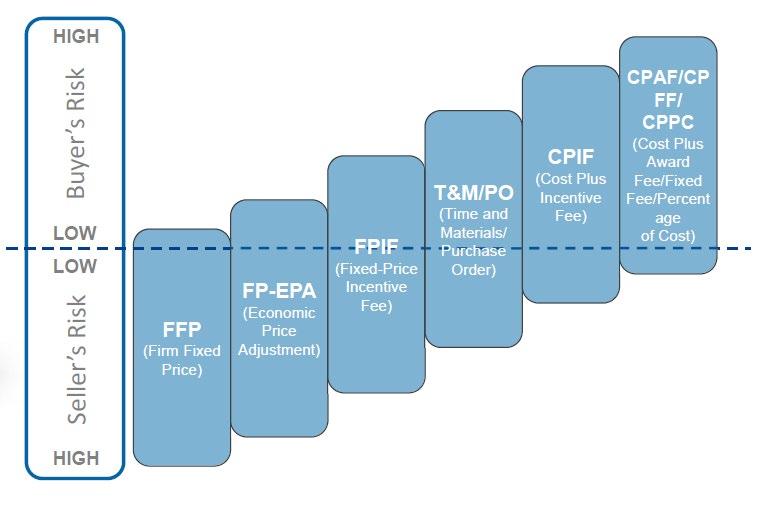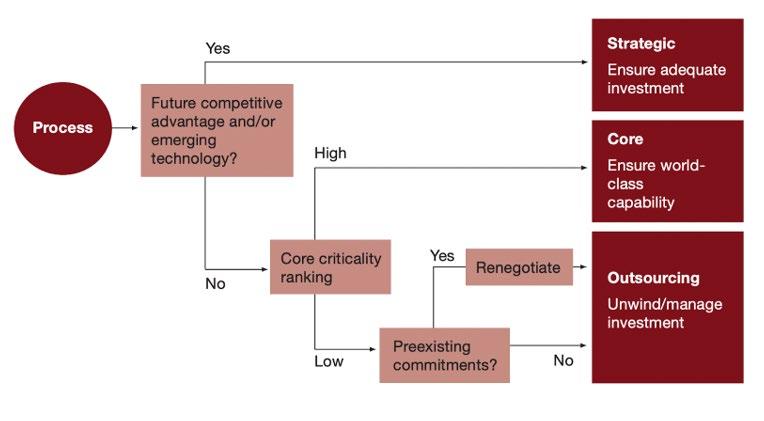
3 minute read
Table 15: Consequence table
8.3.1.2 Consequence Table
The impacts reflect consequences on certain project objectives. When it comes to impact scale, it is very project-specific and depends on the project objectives. In this RMP, a consequence table based on four main project objectives: cost, time, WHS and Environmental & Social factor. The scale of impact will be classified into: Severe, Major, Moderate, Minor and Insignificant associated score ranging from 5 to 1 (table 15).
Table 15: Consequence table
Score Rating Objective Definition corresponding to Sydney Metro Project 5 Severe Cost Budget increase or unit production increase > 12% e.g., Rail track work and overhead wiring work cost increase>$90,000,000 or Total budget increase>$306,240,000 Schedule Slippage on project critical path and project schedule milestone fails to be met WHS Fatality in an accident of project construction e.g., Being electrocuted during corridor work
Environmental& Social
▪ Long-term (6 to 12 months) and irreversible large scale environmental and social impact ▪ Extensive remediation required ▪ Severe disruptions or long-term impact on stakeholders or customers 4 Major Cost Budget increase or unit production increase <10% e.g., Rail track work and overhead wiring work cost increase>$75,000,000 or Total budget increase>$255,200,000 Schedule 3-4 month slippage on project critical path and associated high extra expense WHS Emergency medical services required to treat injury
Environmental&
Social ▪ Medium-term (between 3 to 6 months) and potentially irreversible impacts ▪ Considerable remediation required ▪ Major impact or disruption on stakeholders or customers
3 Moderate Cost Budget increase or unit production increase <5%
e.g., Rail track work and overhead wiring work cost increase>$37,500,000 or Total budget increase>$127,60,000 Schedule 1-2 month slippage on project critical path and project is able to back on track WHS Injury results in person to receive medical treatment
Environmental& Social
▪ Medium-term (between 1 to 3 months), reversible and well-contained impacts ▪ Minor remedial action required ▪ Moderate impact or disruption on stakeholders or customers 2 Minor Cost Budget increase or unit production increase <1% e.g., Rail track work and overhead wiring work cost increase>$7,500,000 or Total budget increase>$25,520,000 Schedule < 1 month slippage and no impact on critical path WHS First aid required on site to treat injury Environmental& Social ▪ Short-term (less than 1 month), reversible or minor impacts that are within environmental regulatory limits and within site boundaries ▪ Minor or short-term impact on stakeholders or customers 1 Insignificant Cost Minimal financial impact which can be covered by daily operation cost Schedule Minimal impact on project schedule WHS No action needed
Environmental&
Social ▪ No appreciable or noticeable changes to the environment ▪ Negligible impact to environment, stakeholders, or customers
8.3.2 Probability and Impact Matrix
This is where combines the scale from likelihood table with the impact scale from consequence table to generate a matric to reflect the severity of the event, which is classified into Very High, High, Medium and Low. In this report, red colour represents very high-level risks, orange colour represents high-level risks, yellow represents medium level risks, and green represents the low-level risks.
Likelihood
Severe (5) Major (4)
Consequences
Moderate (3) Minor (2) Insignificant (1)
Almost Certain (AC)(5) Very High Very High Very High High Medium
Likely (L) (4) Very High Very High High Medium Medium Possible(P)(3) Very High High Medium Medium Low Unlikely(U)(2) High Medium Medium Low Low Rare(R)(1) Medium Medium Low Low Low
By employing probability and impact matrix developed in qualitative analysis which provides a rapid and initial review of project risks, this Risk Management Report prioritises top 10 risks identified (Shown in table 16 below).
After risks of Sydney Metro Project are identified and prioritised by qualitive risk analysis, this report will perform a deep analysis to determine the value of contingency reserve (part of total contingency reserve as an example) by conducting quantitative risk analysis.

